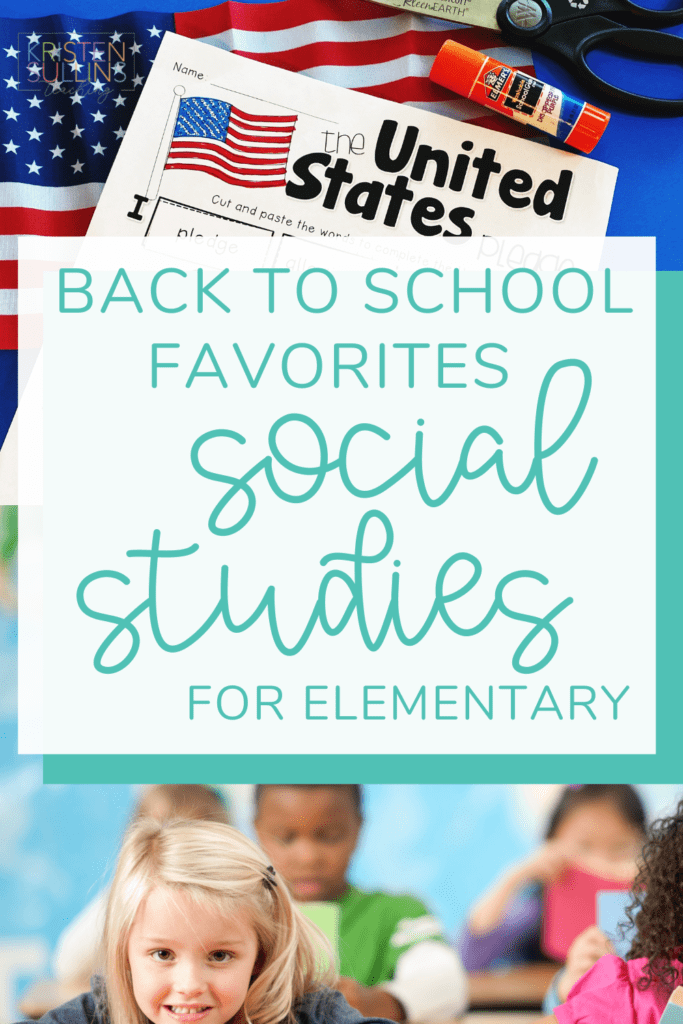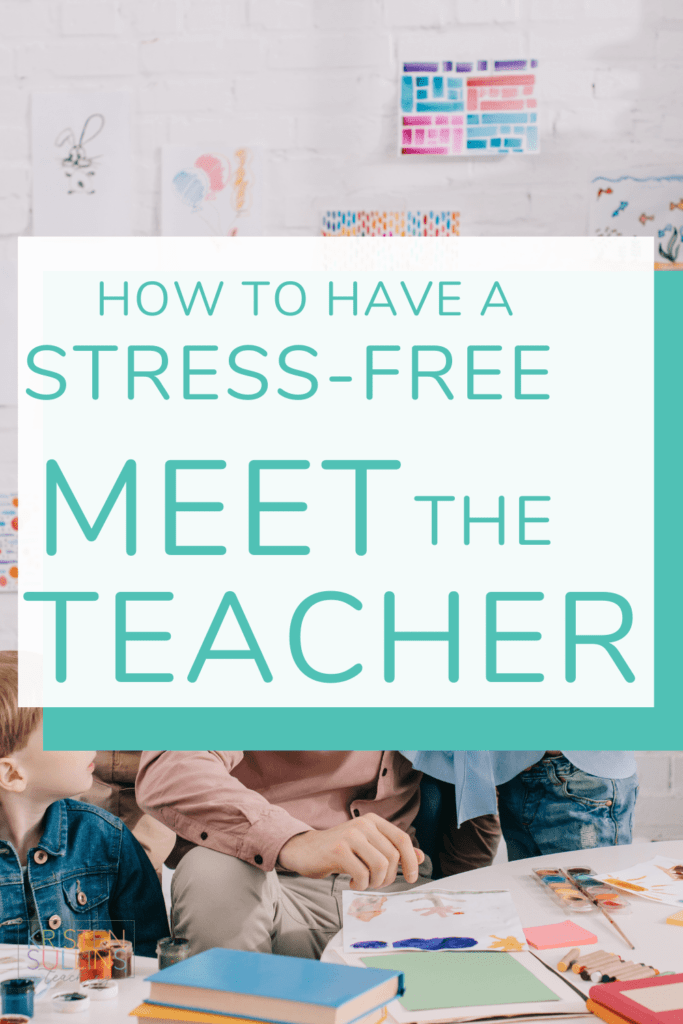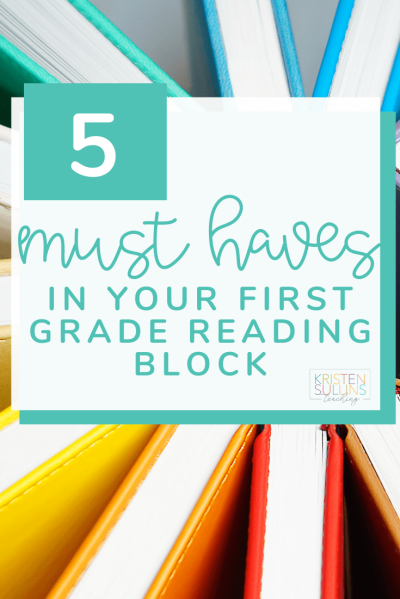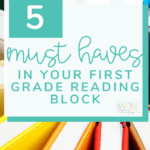It's time to start planning your first grade reading block and you have so many great ideas and strategies to try out, but when you sit down to plan you feel overwhelmed. Where do you start?
There are 5 things that you NEED to have during your reading block to build successful reading habits for first graders:
- Phonemic Awareness
- Phonics
- Reading Lesson and Read Alouds
- Writing Lesson
- Guided Reading
But that doesn't mean that each of the five components have to be taught separately. The ONLY way you will even get close to fitting all five of these components into your reading block is by understanding how they work together… and better yet, how students can practice them at the same time!
Be sure to read until the end to see a time management schedule of how to fit all five components of literacy into your reading block!
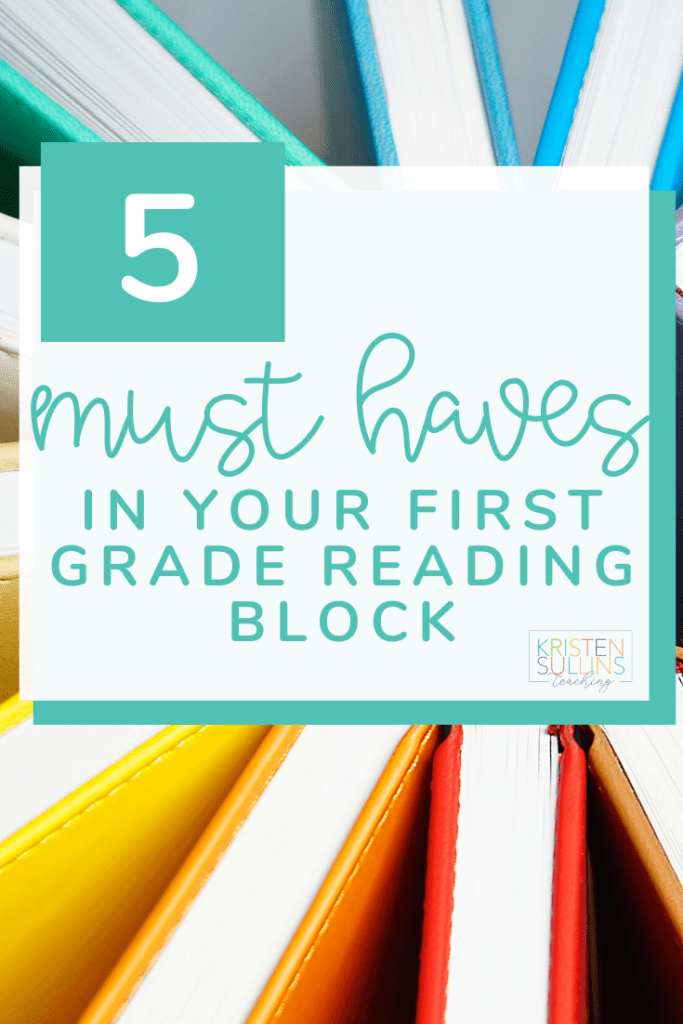

Phonemic Awareness
Phonemic awareness is like the long lost forgotten step-child of literacy. It takes most teachers at least five years to realize just how important it really is. Think of it like the mental math of literacy.
Phoneme means sound, so think of phonemic awareness as “sound awareness”. When practicing phonemic awareness, students do not use any visual representation of the word (ex: letters or writing), everything is done mentally and orally.
What you are really looking for is can the student:
- isolate the sounds in a word (find beginning sound, end sound, etc). P.S. the middle sound is the hardest for them to identify so save it for last
- break a word into its onset and rime (a rime starts at the first vowel and goes until the end of the word ex: c-at) so that they can rhyme words
- manipulate sound in a word (say cat, now say cat without the /c/) so that they can use words they know to read new words
Phonemic awareness can be so hard for teachers to make time for because we feel like if the student is building a word with letters or writing a word then its not worth the time, but NEWSFLASH it is!
If you have readers who are struggling to sound out words, then they need to practice phonemic awareness and phonics SEPARATELY for a while. Make time for it.
Phonemic Awareness flash drills can be done in less than 5 minutes a day. You can practice them whole group and then do them again small group for students who are struggling!
Phonics
Now phonics is a teacher favorite. This is where you start tying sounds to their letters. This is where students build words with alphabet letters and write the words.
Most schools purchase a specific phonics curriculum for their teachers to use. But even some of the big name phonics companies can leave teachers wanting more.
My advice for teaching phonics is to make sure your students are regularly:
- building/practicing word families
- sorting words (at v. in)
- writing with sight words and word families to build vocabulary
To save yourself time, you can present a phonics mini-lesson to the class, then have the students complete their “practice” activity at the Word Work station during Guided Reading.

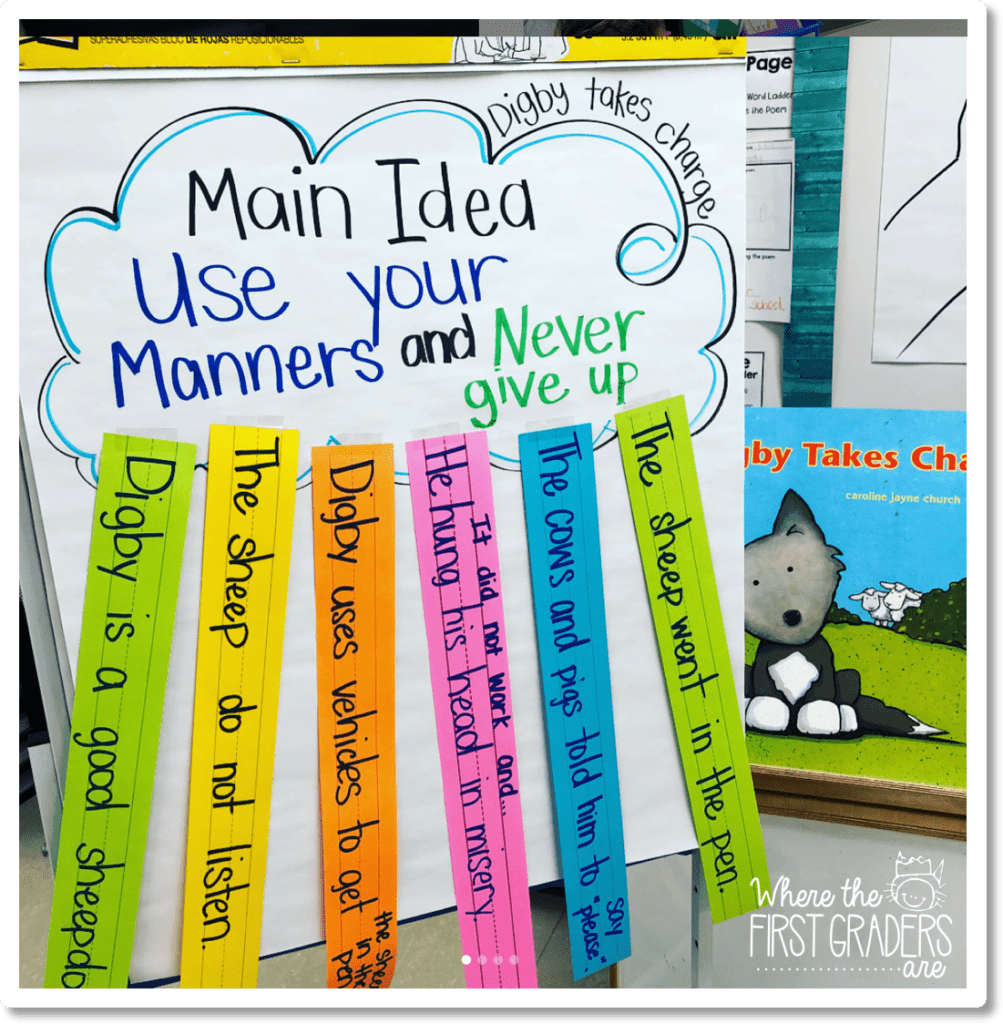
Reading Lesson & Read Alouds
A reading lesson is NOT a read-loud. It IS a very short, lesson than 5 minutes lesson that teaches students how to apply a skill to help them understand the book.
Asking a student to sit quietly for 10 minutes while you read a book, then sit for another 10 minutes while you explain a skill is way past their attention span.
So, what do you do? Break it up! Start or end your day with read alouds. Use read alouds as transitions after lunch or that random 5 minutes that nothing else fits into.
THEN, refer back to your book and say “hey guys, remember when we read Digby Takes Charge yesterday, what are some things you remember about that book (and refer back to the book as needed).
Also important, most mini-lessons don't refer back to the ENTIRE book. You can usually pick out a few pages of the book and get very specific. It helps you and the students stay focused on the skill at hand!
My tip? Front load your school year with your favorite read alouds that you can know you want to refer back to throughout the year. I keep a basket of these books in the front of the room so they are easy to grab!
Don't forget to tell your students after the reading mini-lesson “today when you are doing independent reading, make sure you are looking for (main idea and details/whatever skill you were practicing”.
Writing Lesson
Writing mini-lessons are very similar to reading mini-lessons. They should be 5-10 minutes long and focus on a specific skill.
If you are referring back to a mentor text, make sure you read it ahead of time. Also, don't try to use the entire book, choose one or two pages to focus on.
I always try to schedule in AT LEAST 10 minutes of indpendent practice directly after our mini lesson, but you could have them practice during the writing station if you needed them to.


Guided Reading
Ok, here's the big one. You know the main focus:
Teacher works with a small group of students
Other students are quietly engaged in:
- word work/spelling
- writing
- independent reading/buddy reading
- technology/listen to reading
If you are looking to save time, make sure you add your phonics practice into your word work station, independent writing into your writing station and independent reading/skills practice into your reading station.
Time Management Schedule
When planning your reading block, plan out your biggest time commitment first. Most of the time, it's guided reading.
Start by thinking about how many groups you want to see a day and how long you want to see each group. For example: 3 groups x 20 min each = 60 min
Then subtract that from your total time. Ex: 90 min reading block – 60 min = 30 min remaining
You have 30 minutes remaining for:
- Phonemic Awareness
- Phonics
- Read Aloud
- Reading Mini-Lesson
- Writing Mini-Lesson
Phonemic Awareness can be done in a 5 minute warm up… or that random 5 minutes you have between rotations/waiting for the bathroom.
A solid phonics lesson can be taught in less than 10 minutes, IF the practice is completed during your Word Work Station.
Read Alouds take anywhere from 5-15 minutes.
Reading Mini-Lessons typically only take 5-10 minutes IF you have already read the book before hand. If not, allocate 15-20 minutes.
Writing Mini-Lessons are just like reading, 5-10 minutes IF you have already read your mentor text, 15-20 minutes if not. +/- 10 minutes if you can fit in independent practice time.
So in a perfect world you would have:
- Phonemic Awareness: 5 minutes
- Phonics: 10-15 minutes
- Read Aloud- 15 minutes
- Reading Lesson: 20 minutes
- Writing Lesson: 30 minutes
- Guided Reading: 60 minutes
For those of you keeping score at home, that's 2 hours and 25 minutes.
The secret to fitting it all in when you DON'T have that much time in your reading block?
BE FLEXIBLE! You might have a longer reading lesson on Monday and a shorter writing lesson to make up for it! Maybe you only have four phonics lessons a week and double your writing time on Fridays!


